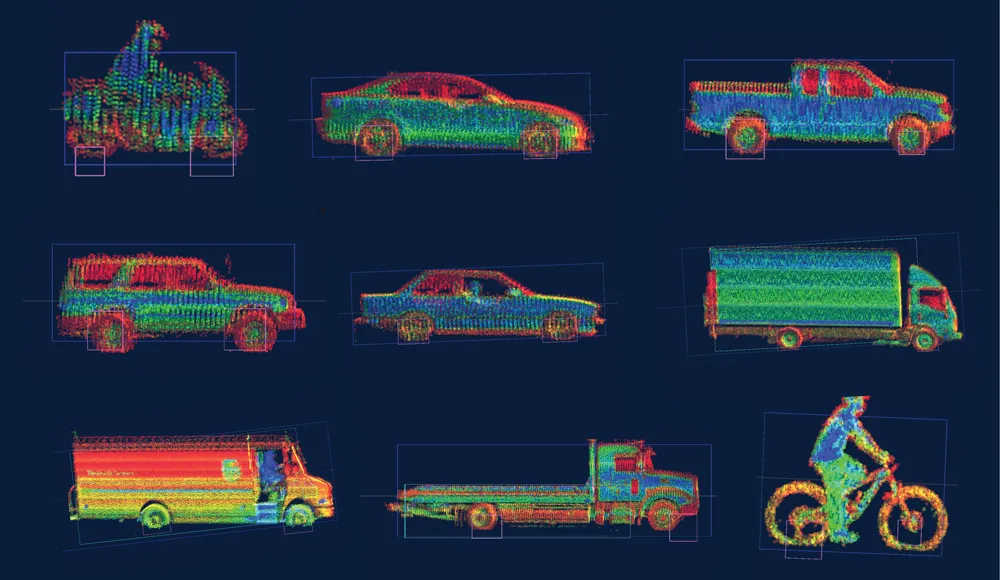
The Caltrans’ test site will undoubtedly reveal the compelling benefits achieved by other DOTs: FL DOT found the company’s lowering system reduced camera maintenance costs by 80% and the ITS department at Ada County, Idaho put the savings at up to 90%. MG2’s lowering system means that for maintenance or repair, there is no need for an access truck or to cone off lanes. The camera is quickly and efficiently lowered to ground level by a single engineer and returned just as quickly and simply after maintenance.
At San Jose, MG2 will be demonstrating the integral camera lowering system which is provided complete with a new steel or concrete pole customized and integrated for the MG Squared lowering system, however a retrofit version can be used on existing infrastructure, poles, towers, bridges and buildings to minimize the cost of conversion. Furthermore, dual analog/IP connections are available on a single mounting, allowing for existing analog cameras to be utilized while also preparing for a digital upgrade in the future.










